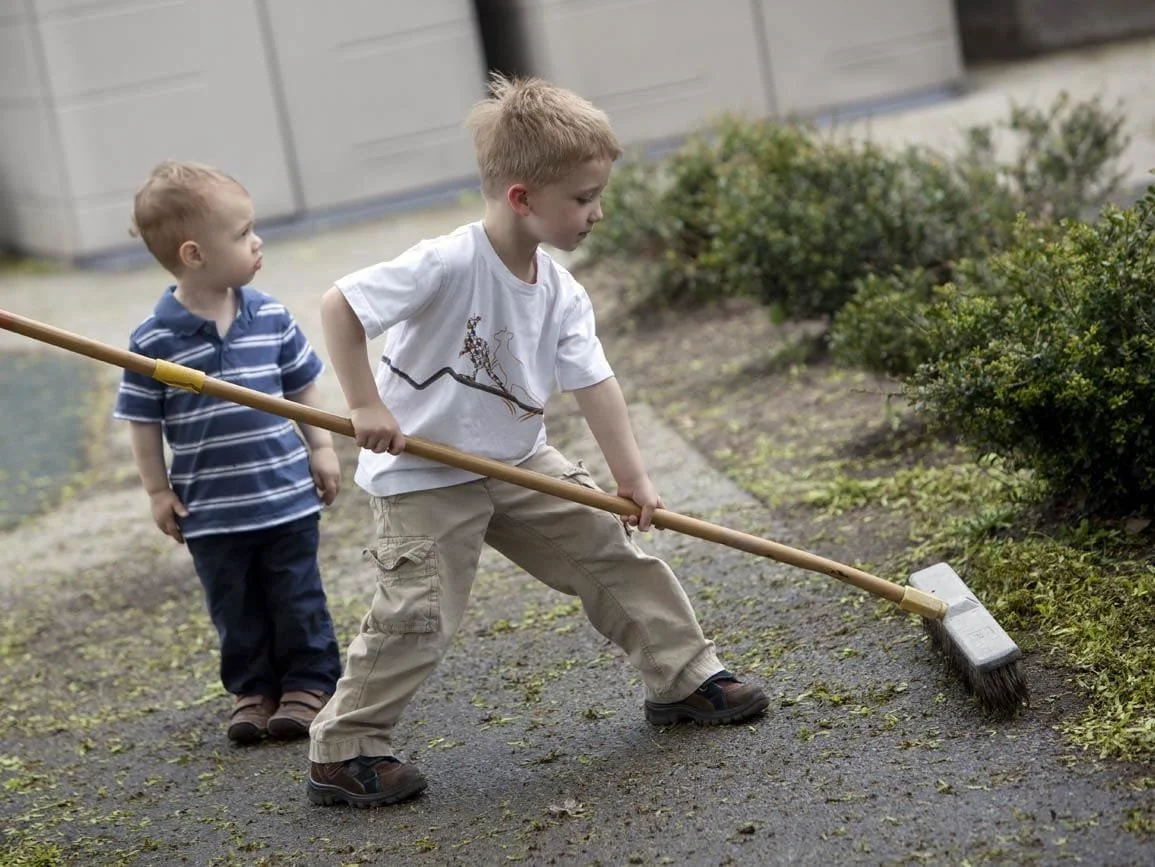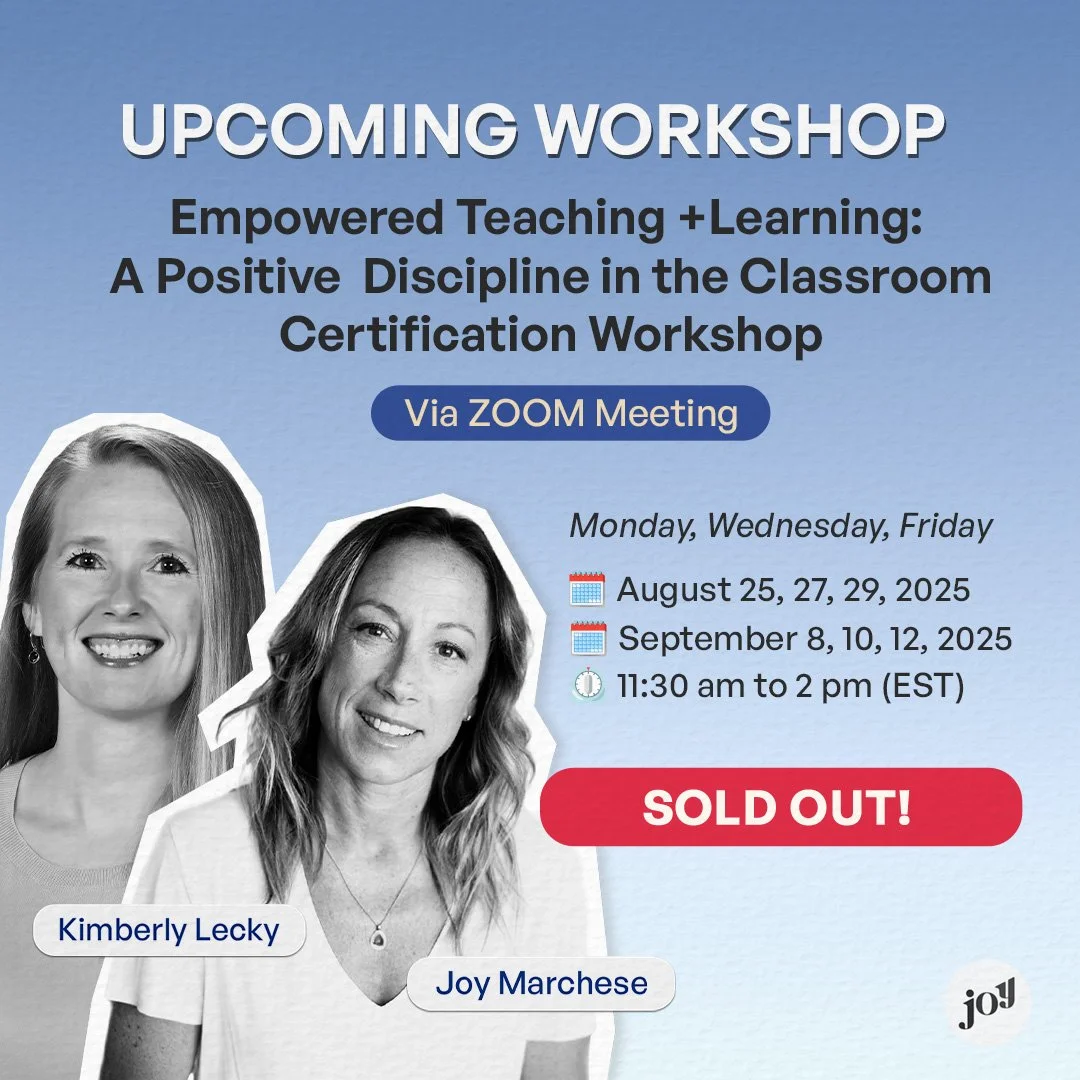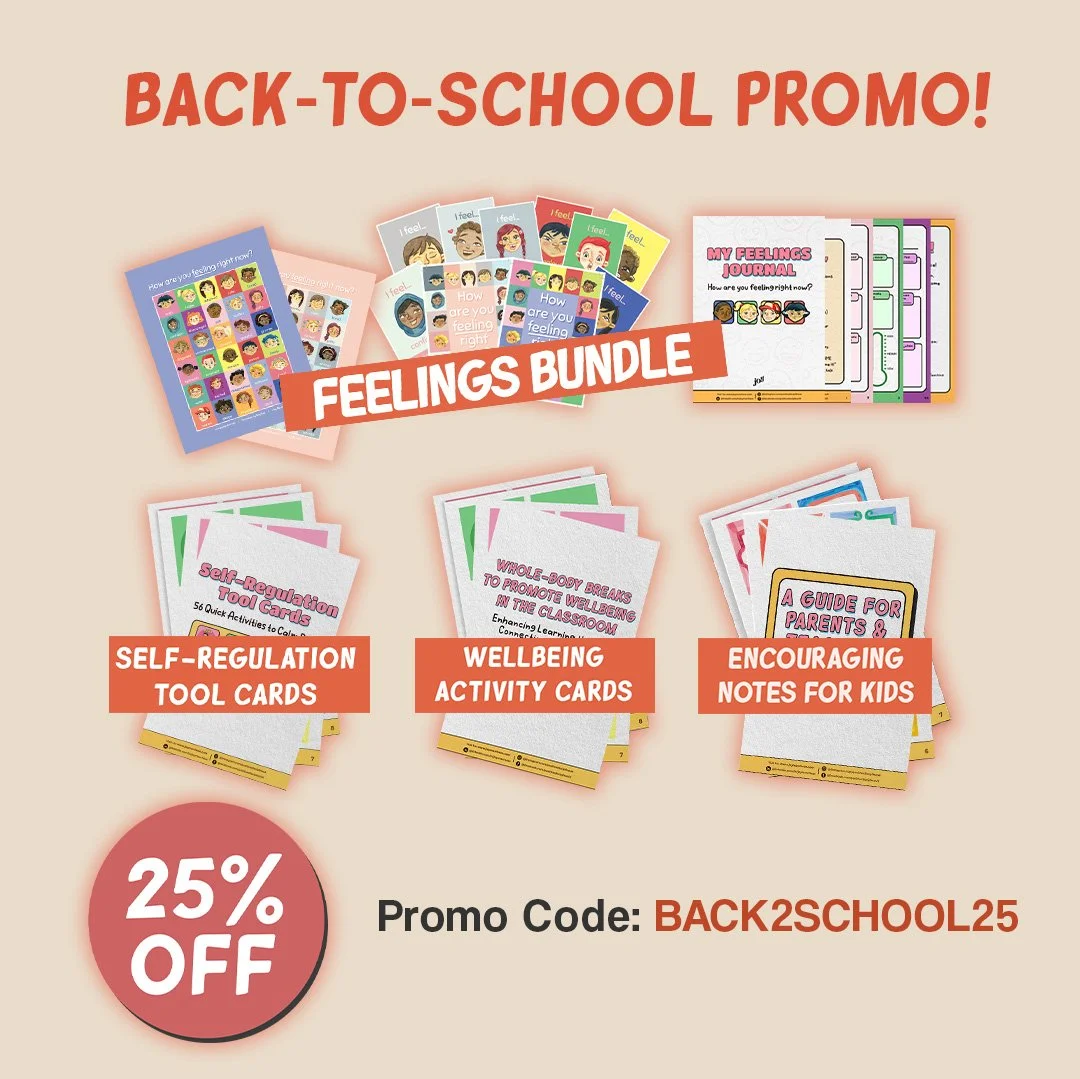The Confidence Behind Contribution
“If the child is not learning the way you are teaching, then you must teach
in the way the child learns”— Rita Dunn
Lunchboxes everywhere. Crumpled homework at the bottom of a backpack. Morning meltdowns. Forgotten water bottles. It’s easy to slip into the “I’ll just do it myself” mode. After all, it’s faster, neater, and less stressful… in the short term.
It’s a time of big transitions. And during transitions, children often seek one thing more than anything else:
A sense of belonging and significance.
One powerful Positive Discipline tool that supports this? Giving children meaningful jobs.
What if we slowed down and let kids help out? What if we gave them real jobs—not just chores, but meaningful roles that foster responsibility, connection, and contribution?
Because kids are wired to help and when they’re given the chance, they thrive.
When kids feel out of control, they often act out—talking back, stalling, refusing to cooperate. But here’s the magic:
A child who feels helpful rarely feels helpless.
When we assign jobs at home or in the classroom, we send a powerful message:
“You are capable.”
“You matter.”
“You have something valuable to contribute.”
Jobs aren’t about chores. They’re about identity.
IN THE CLASSROOM
In Positive Discipline classrooms, jobs are not just for the teacher’s convenience—they’re a part of the curriculum. Everyone is a contributing member of the classroom.
Jobs can range from practical to playful:
Attendance checker
Chair stacker
Tech helper
Materials manager
Encouragement leader
Kindness spotter
💬 Instead of saying, “No running in the hallway!” you might say, “Line leader, can you show us how to walk safely?”
This builds leadership, responsibility, and social-emotional growth—all while creating a more cooperative learning environment.
AT HOME
Back-to-school often disrupts home routines. Mornings feel rushed, evenings chaotic. But having family jobs can restore order and connection.
Instead of doing everything for your child, do it with them—and eventually let them take the lead.
Here are some ideas:
Lunchbox packer/helper
Table setter
Morning checklist buddy
Family meeting co-host
Backpack checker
Snack station restocker
Pet feeder
Let them choose from a list and rotate weekly. Even young children can take ownership when they feel empowered.
Quick Foundational Reminders that will carry us through the rest of the month:
1. Call it a “job,” not a “chore.”
Language matters. Jobs create pride; chores often feel like punishment.
2. Make a job chart
Keep it visual and age-appropriate. Kids love seeing their role and tracking it.
3. Celebrate, don’t reward.
A simple “Thank you for setting the table!” reinforces significance more than a sticker chart.
4. Allow imperfection
They’ll make mistakes—that’s part of learning. Focus on encouragement, not correction.
5. Let kids teach
Ask them to train the next person in that job. It deepens learning and leadership
When kids have jobs, they don’t just get things done—they become someone who makes things happen.
And isn’t that the kind of confidence we want them to carry into this school year—and beyond?
When kids have jobs, they feel seen. They feel capable. They feel like they matter.
In a world where children are often told what to do and how to behave, jobs give them something more powerful—a role in the community they’re part of.
So as you step into this school year, ask not “What rules should I enforce?” but:
“How can I invite my students or children to contribute?”
Because contribution is connection—and connection is where cooperation begins.
P.S. Looking to foster responsibility without the nagging? Snag our Kid Job Chart Starter Kit with 10 age-appropriate job ideas for both home and school—designed to build capability and belonging from day one. Download your freebie here.
Do you want us to bring the Positive Discipline in the Classroom training directly to your school or organization.
From leadership teams to full faculty, we offer customized workshops that equip educators to integrate SEL and Educational Neuroscience seamlessly into everyday teaching.
💡 Let’s partner to build stronger, more connected school communities—together.




